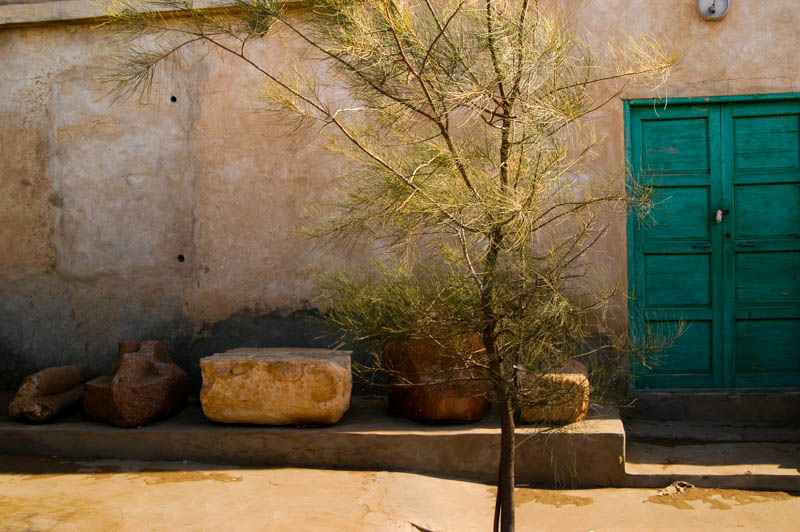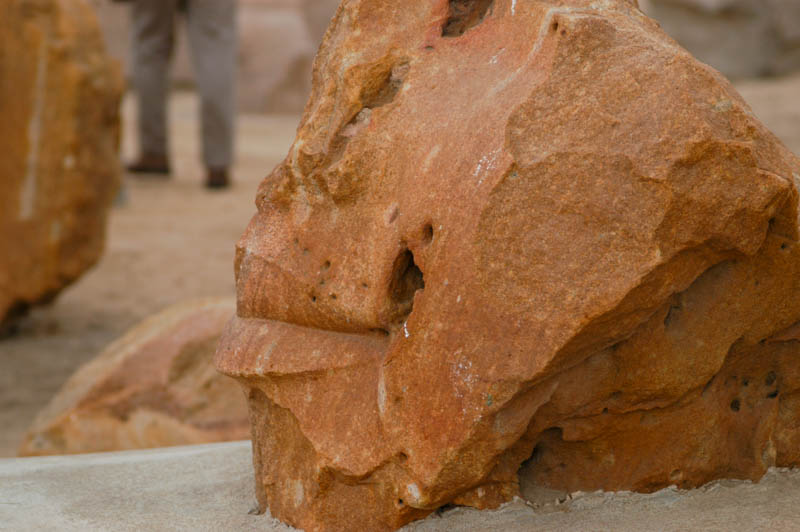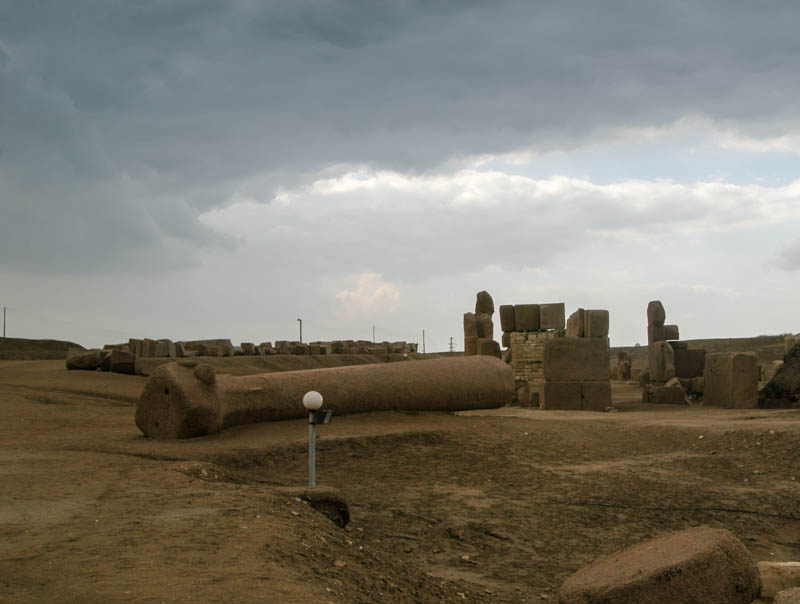
Tanis is named for a now-dry branch of the Nile that flowed through the delta, the Tanite branch, and was settled by Hyksos kings from the 15th Dynasty. At one point, it was believe that the site at Tanis was the city of Avaris, from which the Hyksos kings ruled, but another site has been identified as that city. Tanis is perhaps best known as the birthplace of Ramesses I, the founder of the 19th Dynasty.
Today, Tanis looks like a huge field full of the leftover pieces from everywhere else in Egypt. For this reason, Tanis is considered one of the most important archeological sites in the Delta — it is certainly one of the largest. The ruins of an Old Kingdom city here are here, near the modern village of San-el-Hagar, north of Zagazig.

The city is possibly Pi-Ramesses — the birthplace of Ramesses I and the fabled ‘City of Bondage’.
Tanis was later the capital of the 19th Nome during the Late Period. There are royal tombs here from the 21st Dynasty and 22nd Dynasty, including tombs for Psussenes I, Amenemope, Osorkon II and Sheshonq III. The tombs were simple affairs of mud brick and reused stone from other structures. Most were looted in antiquity, with the coffin of Shoshenq II found in the tomb of Psussenes and that of Takelot II in the tomb of Osorkon II. Some of the gold and jewelry found here are on display at the Egyptian Museum in Cairo.
Nectanebo I built a temple complex here, using the blocks from the other structures. It contains a sacred lake and a dry well and Nilometer. Nearby, smaller temples of Mut and Khonsu were built (and rebuilt by Ptolemy). Not much remains from these temples except a few scattered columns.
